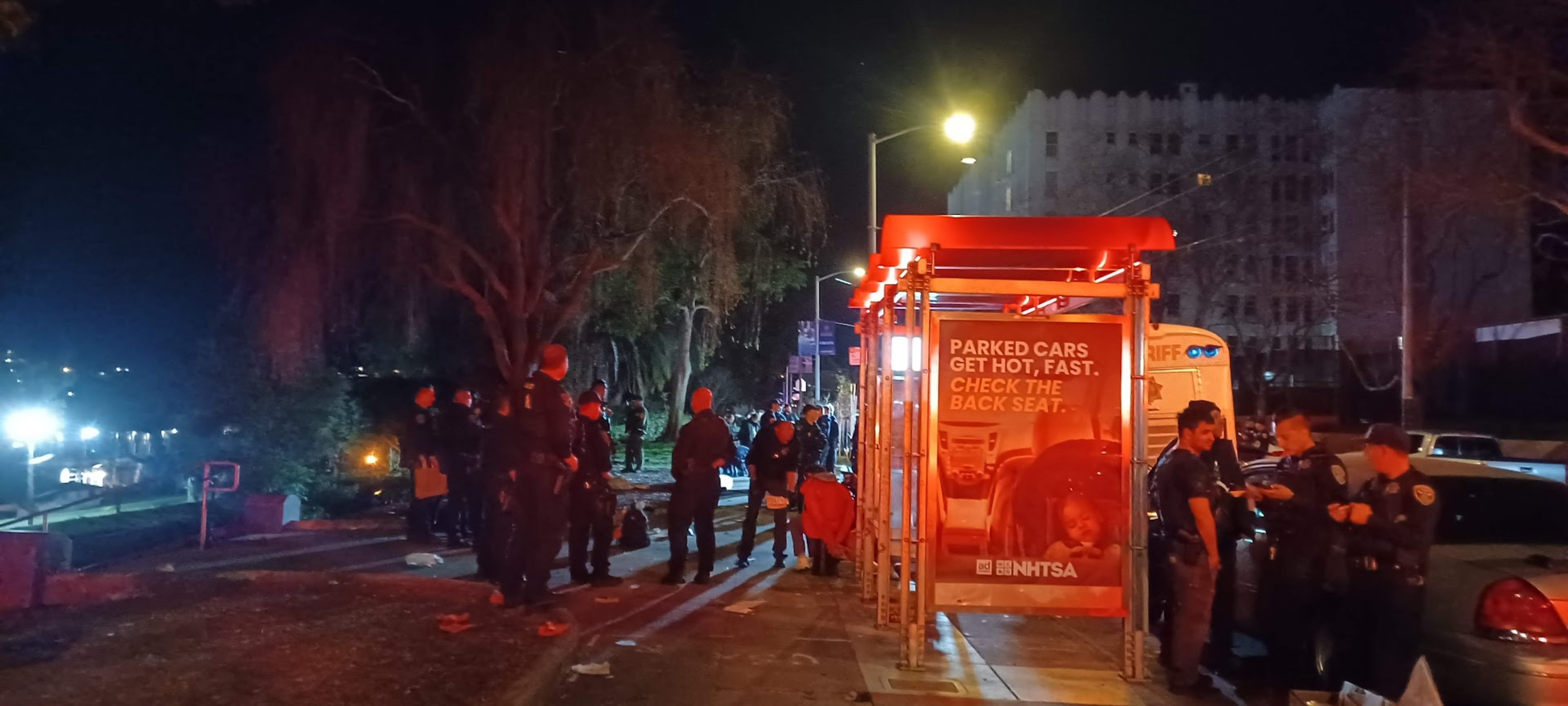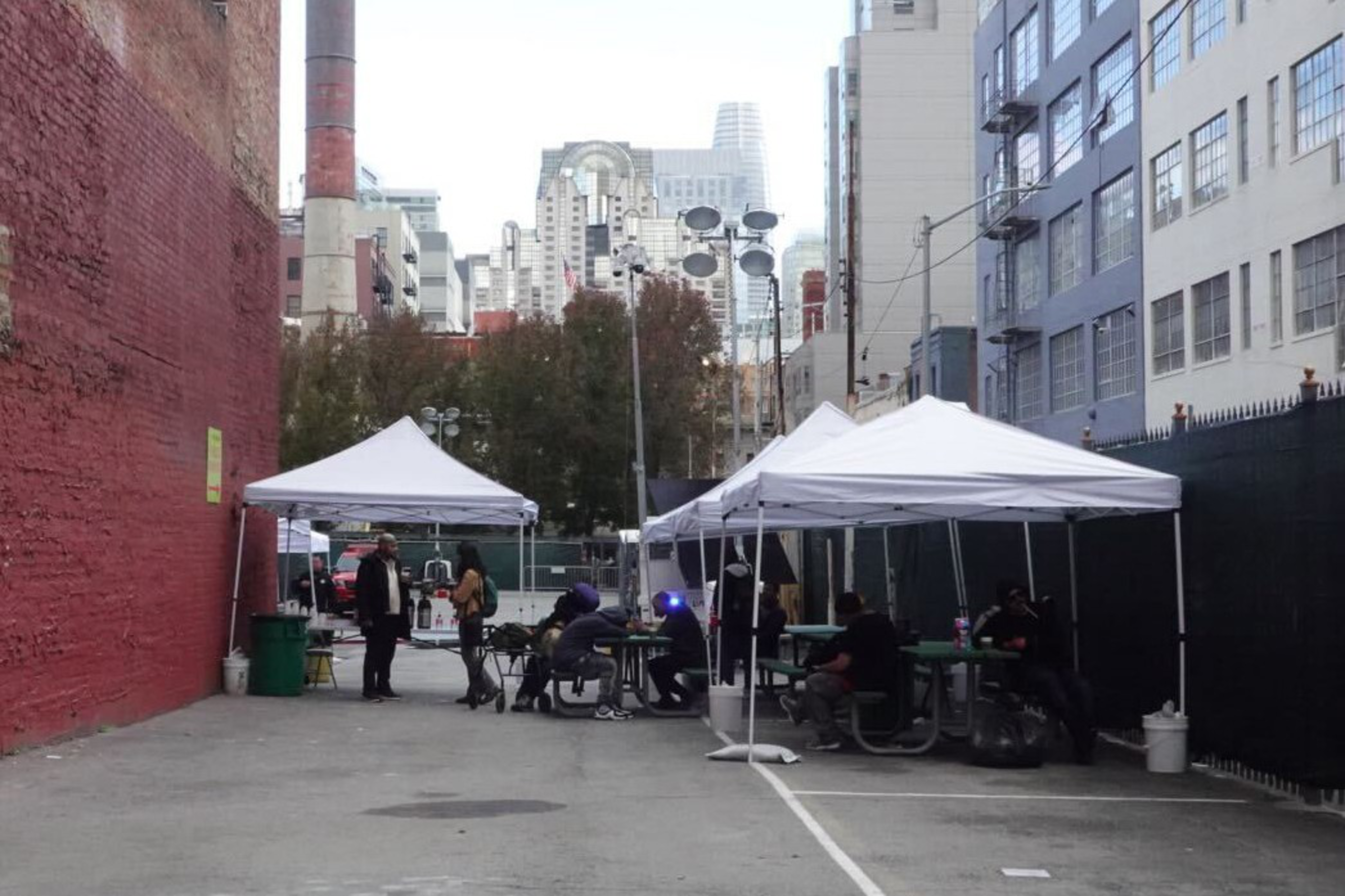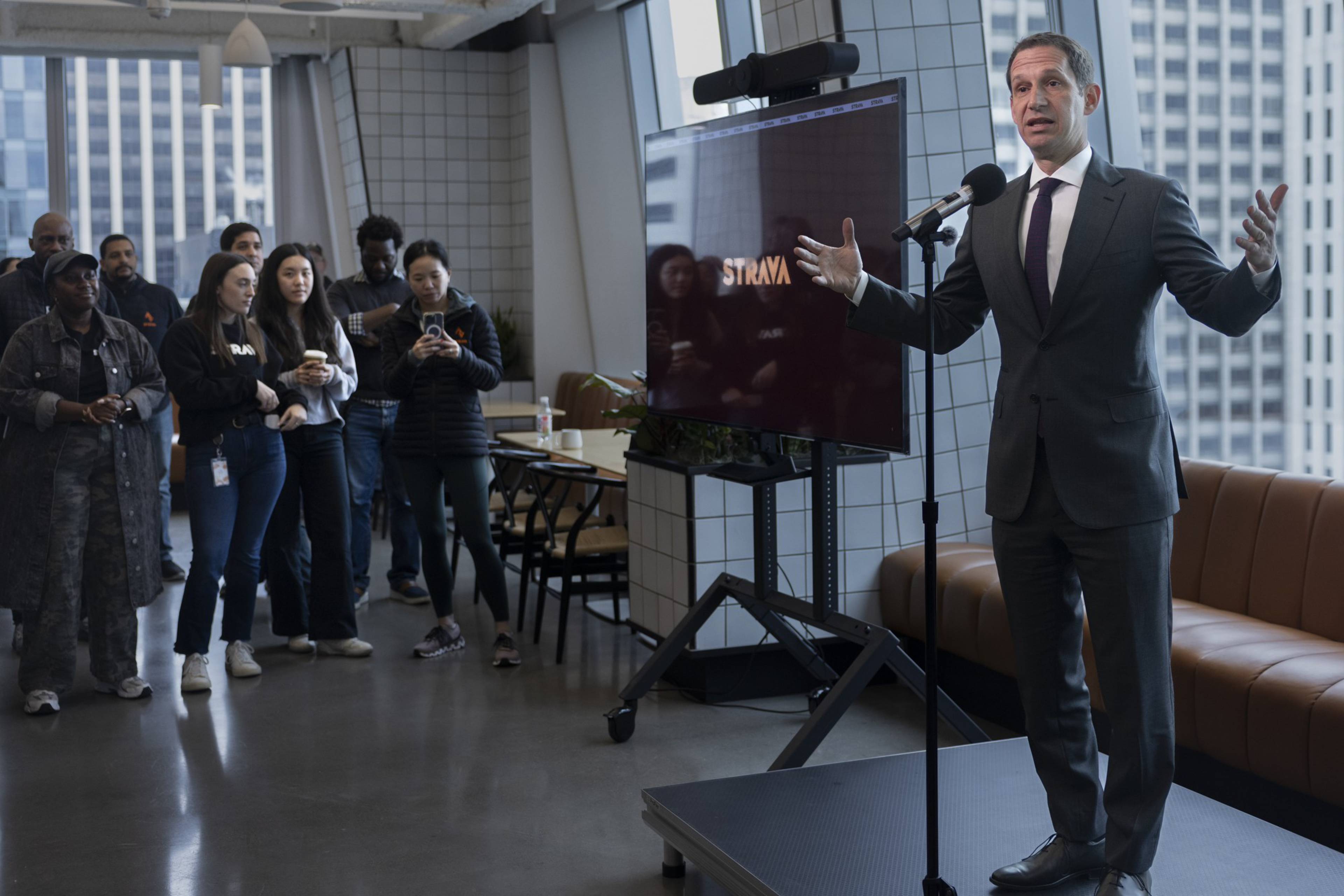In politics, 100 days can seem like an eternity — has it really been only three months since Trump took office again? — or a blink. Assessing a mayor’s — or president’s — tenure at the 100-day mark is a convention, but an imperfect one, an exercise in judging beginnings without knowledge of the endings.
Even so, Mayor Daniel Lurie hit the pavement with enough vigor and momentum that a recap of his first 14.3 weeks in City Hall offers much for discussion — even if it’s far too early to say whether his efforts will bear the intended fruit.
Here’s what Lurie has accomplished on six key fronts.
Homelessness
Lurie’s signature campaign promise was to build 1,500 shelter beds and solve street homelessness in just six months after taking office. Since becoming mayor, however, he has backed away from the latter promise; in late January, a campaign adviser told The Standard that the promise was a “slip-up.”
While he has stood by the goal of adding 1,500 beds, he’s given himself more time, with staff saying the six-month clock didn’t start until mid-March — more than two months after his inauguration — when Lurie unveiled his “Breaking the Cycle” directive.

Overall, Lurie’s strategy is aimed at improving the current system while adding a variety of facilities — not just shelter beds — that offer such services as mental health treatment, sober living coaching, and interim housing.
Lurie’s most impactful reform in the first 100 days came when he announced an overhaul of the city’s oft-criticized street teams, condensing their efforts into five neighborhood-based squads. The teams previously worked disparately and with overlapping functions, a city audit found in 2023.
Crime and public safety
Lurie inherited a city with low levels of violent crime but a major problem with drug use and associated crime. With former police officer Paul Yep as his policy chief on public safety, Lurie has doubled down on the tough-on-crime regime put in place by his predecessor, London Breed, while moving to consolidate control of the Police Commission and the San Francisco Police Department.
Under Lurie and Yep, the SFPD has shifted resources around, transferring cops to a command center in the Tenderloin and prioritizing enforcement of theft and petty crime. The department has conducted mass arrests of alleged dealers and users for minor infractions such as loitering or possession of paraphernalia — arrests that typically don’t result in charges. Meanwhile, the city’s jails are the fullest they’ve been in decades.

Lurie was able to secure support from the Board of Supervisors for his removal of an independent-minded police commissioner, Max Carter-Oberstone, who had defied Breed and blocked her from appointing her choice of SFPD chief. Mayoral appointees now make up the majority of the commission, which has the role of choosing three candidates in the event Chief Bill Scott retires or is pushed out.
The drug crisis
Despite the passage of legislation declaring a “fentanyl emergency,” which gives the mayor special powers to address the crisis, overdose rates remain at startling levels, and visible drug markets continue to plague some street corners — but the addresses have changed.
SFPD’s high-profile raids on the notorious late-night gatherings of drug users, dealers, and illegal vendors have so far accomplished little more than moving them around the city.
In his approach to helping drug users, Lurie has accelerated his predecessor’s shift away from so-called harm reduction policies, introducing a controversial mandate to pair distribution of smoking supplies with counseling.

The city opened a triage center on Sixth Street, a corridor known for drug activity, connecting more than 1,000 people to medical or behavioral health treatment and directing more than 275 into shelter or housing, according to city data. Lurie is using his new emergency powers to open a crisis center at 822 Geary St. that will serve as an alternative landing spot for people suffering from overdoses and mental health crises.
Business
“San Francisco is open for business” has been a refrain of Lurie’s as he has attempted to pull off a feat that eluded Breed: breathing life back into downtown. Office vacancy rates remain high, foot traffic is still depressed, and tourism levels are wobbly, but some economic indicators, including sales tax revenue and population flows, are trending positively after steep pandemic declines.
Lurie’s policy program has included expanded public-drinking “entertainment zones,” slashed red tape on development, and an order to bring city workers back to the office.

Assisting him is Ned Segal, the mayor’s policy chief for housing and economic development, who came to government after a long career in the private sector, including in investment banking and technology.
Lurie has leaned on his connections to bring private funds to bear on the downtown problem. New civic and business groups, including the San Francisco Downtown Development Corp. and the Partnership for San Francisco, have been created for this purpose, both stocked with billionaires and CEOs.
Education
Lurie campaigned on a vision of a more “family-friendly” San Francisco, with a stronger public school system at the heart of that promise. Though he’s a private-school parent and holds no direct authority over the San Francisco Unified School District — which operates independently from City Hall — he retains indirect influence. About a quarter of the district’s budget comes from the city, and as mayor, Lurie has the power to appoint Board of Education members.
Since taking office, Lurie has mostly taken on a symbolic and supportive role when it comes to the SFUSD. He’s been present at school events, applauded rising enrollment numbers, and backed initiatives like college savings account programs. Both SFUSD Superintendent Maria Su and school board President Phil Kim have expressed gratitude for his involvement. Still, Lurie has generally refrained from commenting on specific issues.
The budget
The city faces an $820 million deficit that President Donald Trump could make worse in a variety of ways, from yanking federal funds to triggering a recession that would decimate the tax base. Lurie estimated that the budget hole could grow as large as $2 billion.
Layoffs are on the table, his office said. If they occur, it will be the first time City Hall has laid off employees to meet a budget need since Gavin Newsom was mayor. In the meantime, Lurie has instructed city departments to reduce their budgets by 15%, specifying that cuts should not be “politically untenable.” The proposals have rolled in: scaling back street cleaning, charging more for parking meters, snipping Muni routes, closing art museums on additional days, and cutting back on nonprofits. Still, not all departments have complied with the 15% mandate: 22 city agencies blew it off.
Whatever happens next, the Board of Supervisors and Lurie must agree on the budget by July 1, a process mandated by city law.
